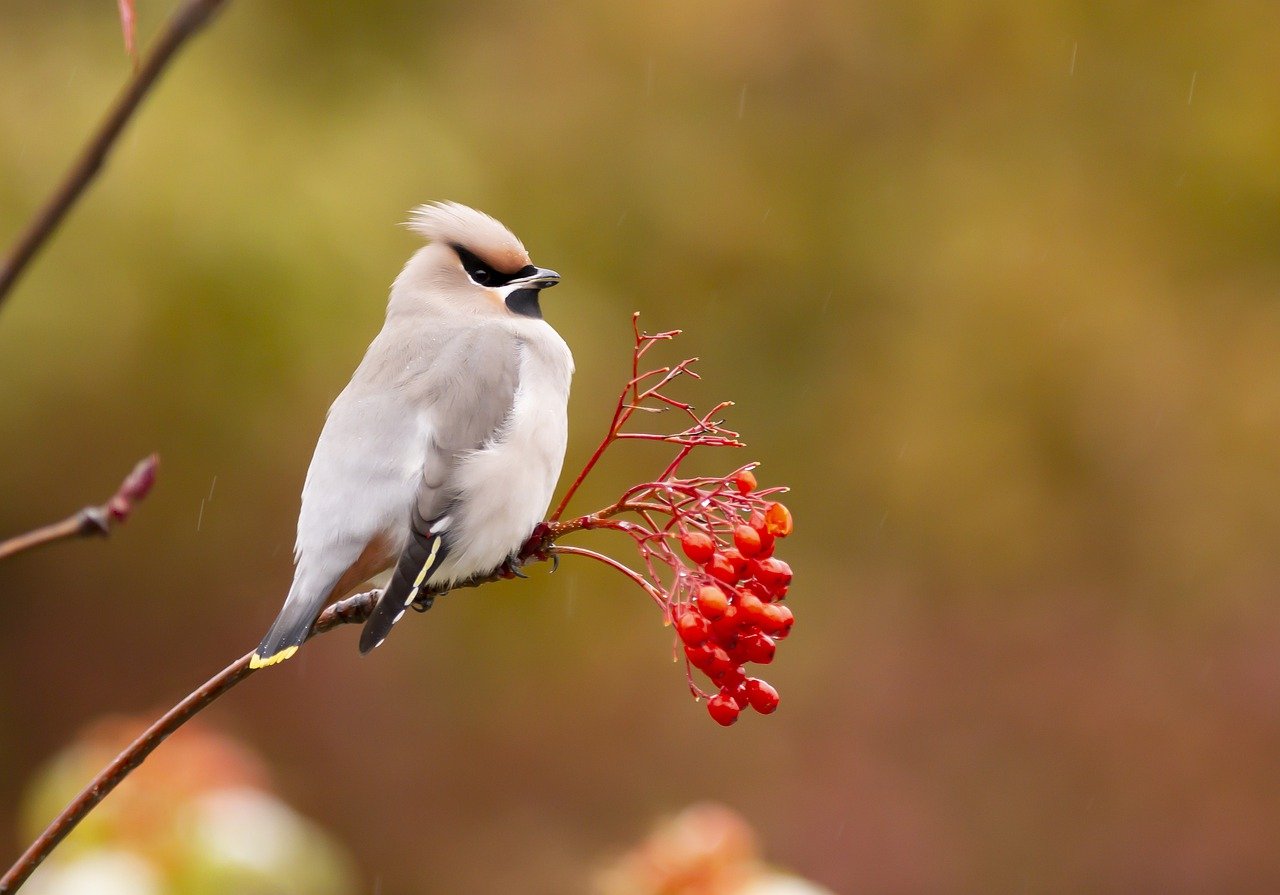Fåglar i kyla: Effekterna av fjäderskrudens struktur och omgivningen på den effektiva temperaturen, studerad med sfäriska modeller
DOI:
https://doi.org/10.34080/os.v13.22804Nyckelord:
termoreglering, fysiologi, tättingar, isolering, ämnesomsättningAbstract
question I photographed free-living birds in such a way that the total volume of the bird could be estimated. It was then assumed that the bird could be represented by a sphere of the measured volume with a core (kept at 40 °C) of which the volume in cm3 was equal to the bird’s mass in g. The overall thermal conductance of the spherical model was calculated and compared with what could be expected for real birds based on metabolic data from the literature. The conductance calculated for the models was consistently lower than predictions from the literature. The discrepancy was as could be expected, and became smaller with decreasing size. For small birds the fit was quite good and the relative plumage thickness approached the value where further increase would have a relatively small effect. The model suggests that the operative temperature of a small bird perching in the sun on a cold winter day can exceed the air temperature by more than 20 °C on thermally favoured sites. Alternatively expressed, the energy saved can exceed the basal metabolic rate. For a plumage penetrable for solar radiation the excess may be still higher, even when the reflectivity is rather high. It is estimated that the operative temperature may exceed the preferred range already with an air temperature of 10 °C.
Nedladdningar

Downloads
Publicerad
Referera så här
Nummer
Sektion
Licens
Författaren/författarna innehar copyright för varje enskilt bidrag, men samtliga bidrag är publicerade under en Creative Commons-licens, så att vem som helst kan dela och återanvända bidraget förutsatt att copyright-innehavaren erkänns.







